Comfortable. Aerodynamic. Inside.
Innerbarends® study
SQlab Innerbarends®
Comfortable. Aerodynamic. Inside.
Bar ends for the inside = Innerbarends®
Bar ends date back to the beginnings of mountain bikes and are normally installed on the ends of the handlebar. This was a very good idea from an ergonomic standpoint. Over time, as straight handlebars faded away, and raised handlebars became more common, barends disappeared again.
Since handlebars have now become flat and significantly wider, bar ends are once again useful. However, we install the bar ends inside to keep them from hooking on things like trees and rocks, hence the some what contradicting name Innerbarends®!
As a result, Innerbarends® are a new, innovative evolution of the original bar ends, but with an unprecedented safety aspect. Despite the altered handle position, the brake lever is always available.
The idea
10 laps of the track with a uniform speed of 36 km/hr.
with 411 Innerbarends®
without 411 Innerbarends®
The research to determine air resistance
An internal study by SQlab on the track has shown that test riders with their hands on the inner bar ends were able to cover the same distance in the same time at 14 watts less. 10 test runs were each conducted at the track at a constant speed of 36 km/h. To precisely log the watt values, two power meters – provided by the company SRM – were used.
The result
with 411 Innerbarends® required power 279 Watt
without 411 Innerbarends® required power 293 Watt
On average, the riders had to muster up 293 watts without inner bar ends and 279 watts with them. The aerodynamic elbow position when using Innerbarends results in a 5% power saving!
Advantages of 411 Innerbarends®
Perfect Muscle Relief
The perfect solution for relieving muscle groups in the arms, shoulders and backs by changing the arm position on the bike, especially over long distances.
Maximum Speed
The aerodynamic, relaxed elbow position ensures maximum speed.
Natural Hand Positions
Natural Hand Positions SQlab Innerbarends® 411 ensure an absolutely natural hand position.
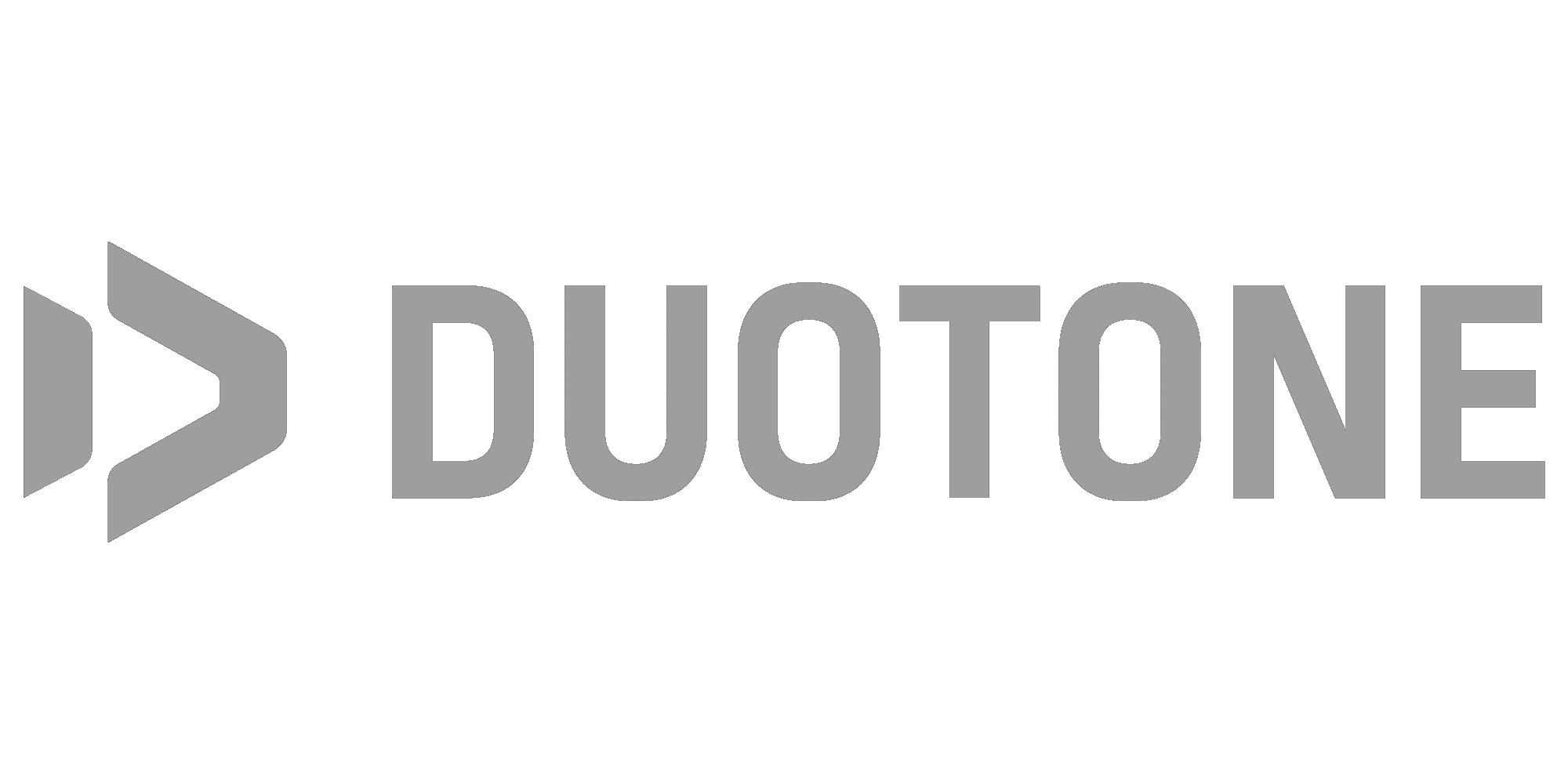
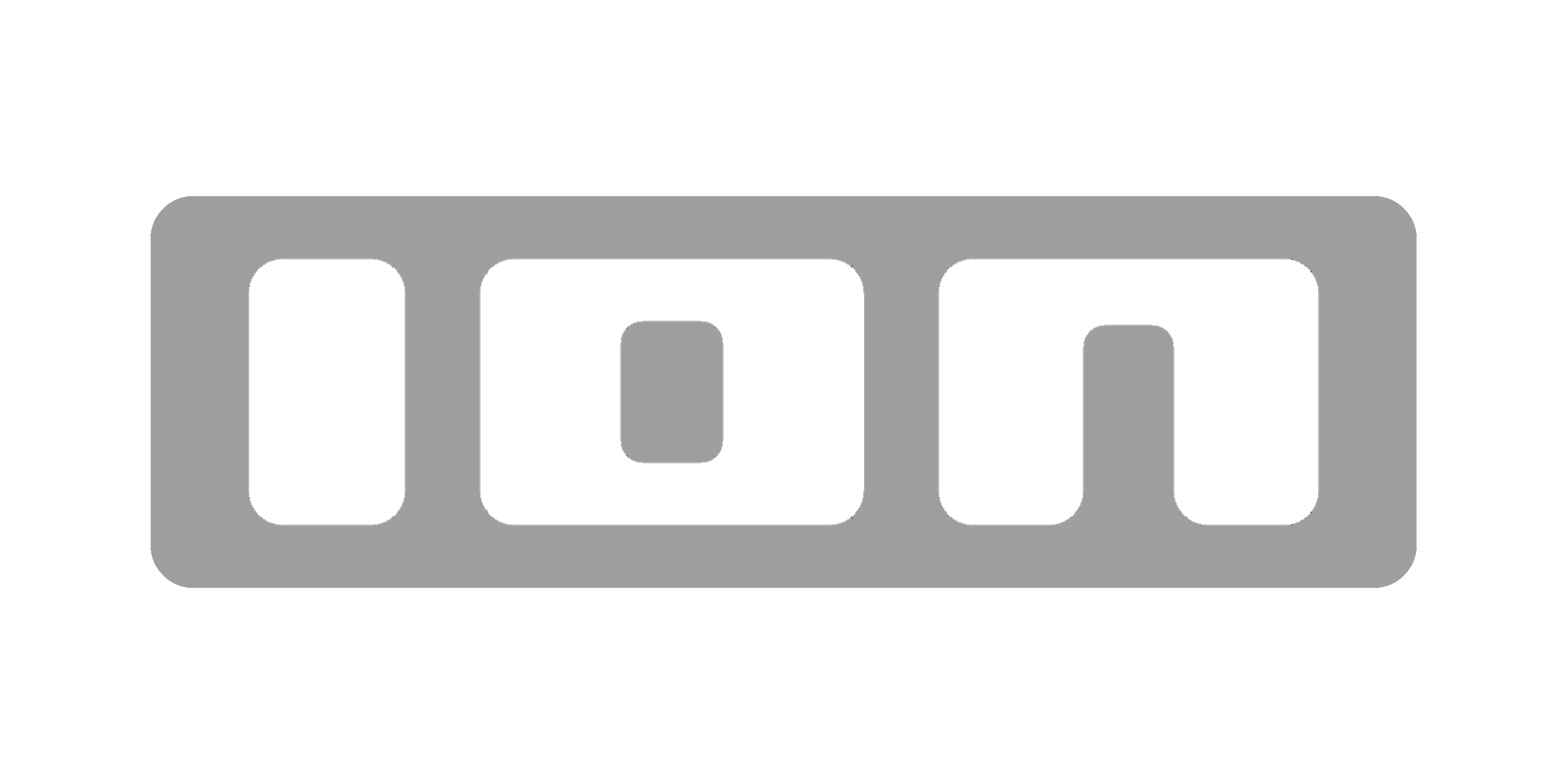



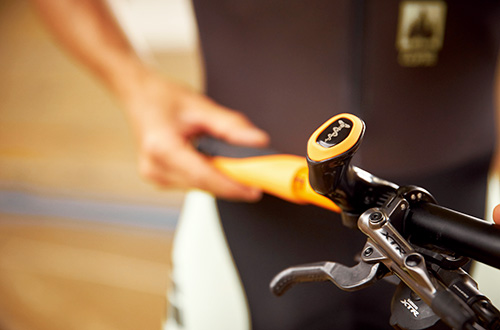
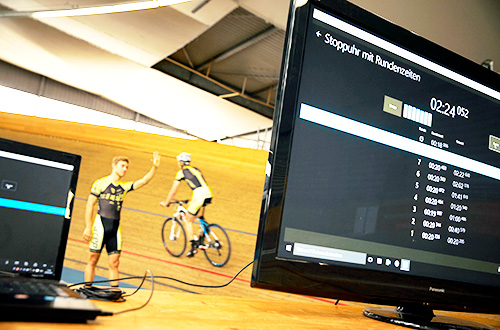
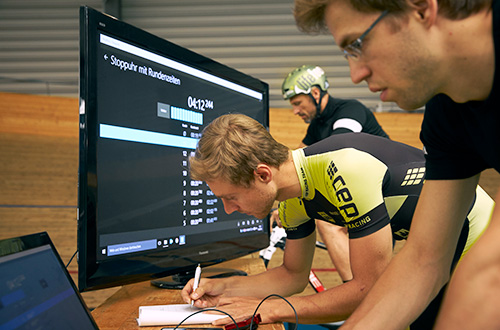
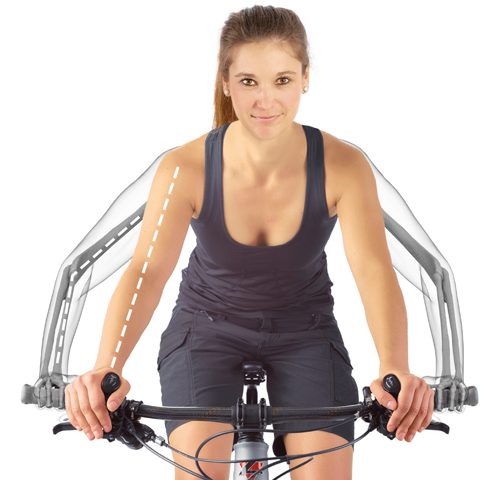
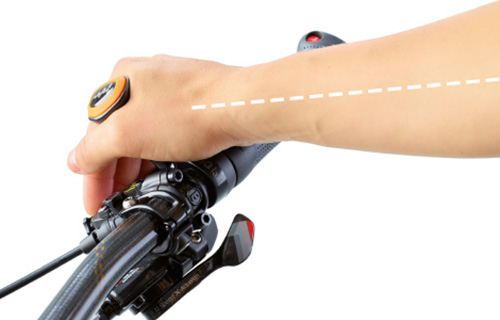
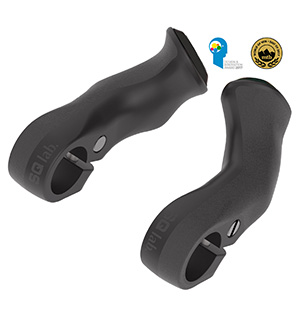
.contact)